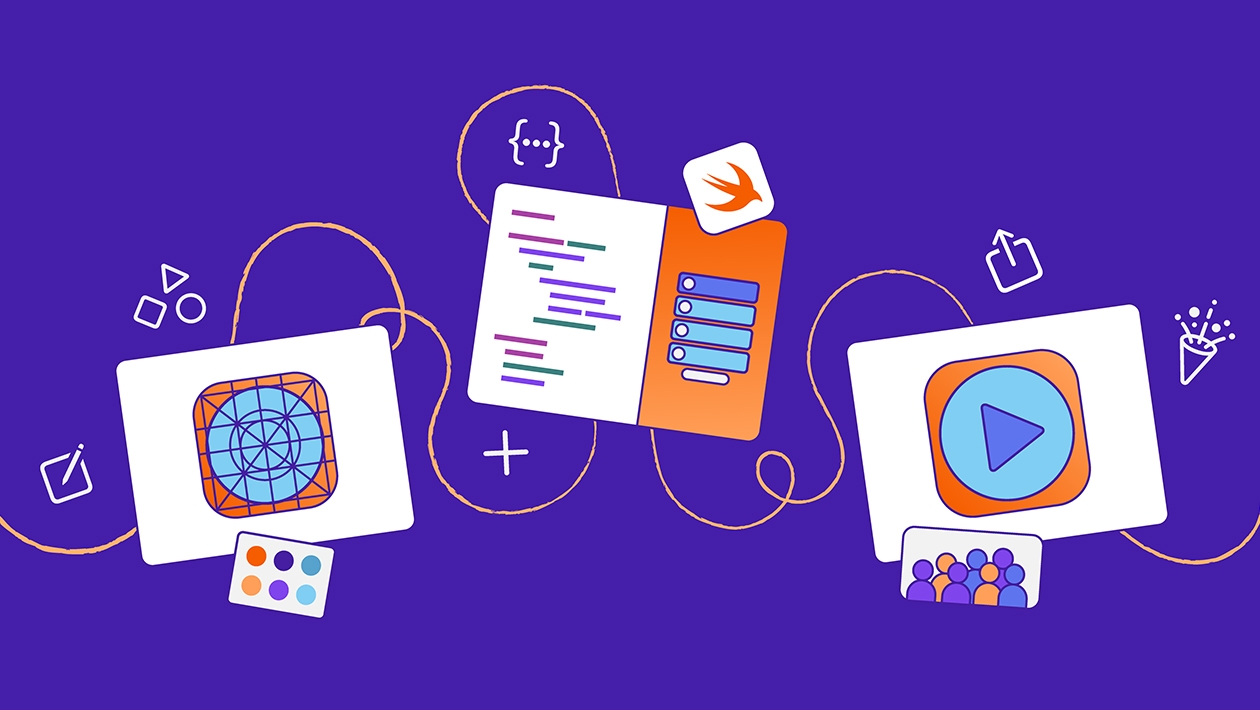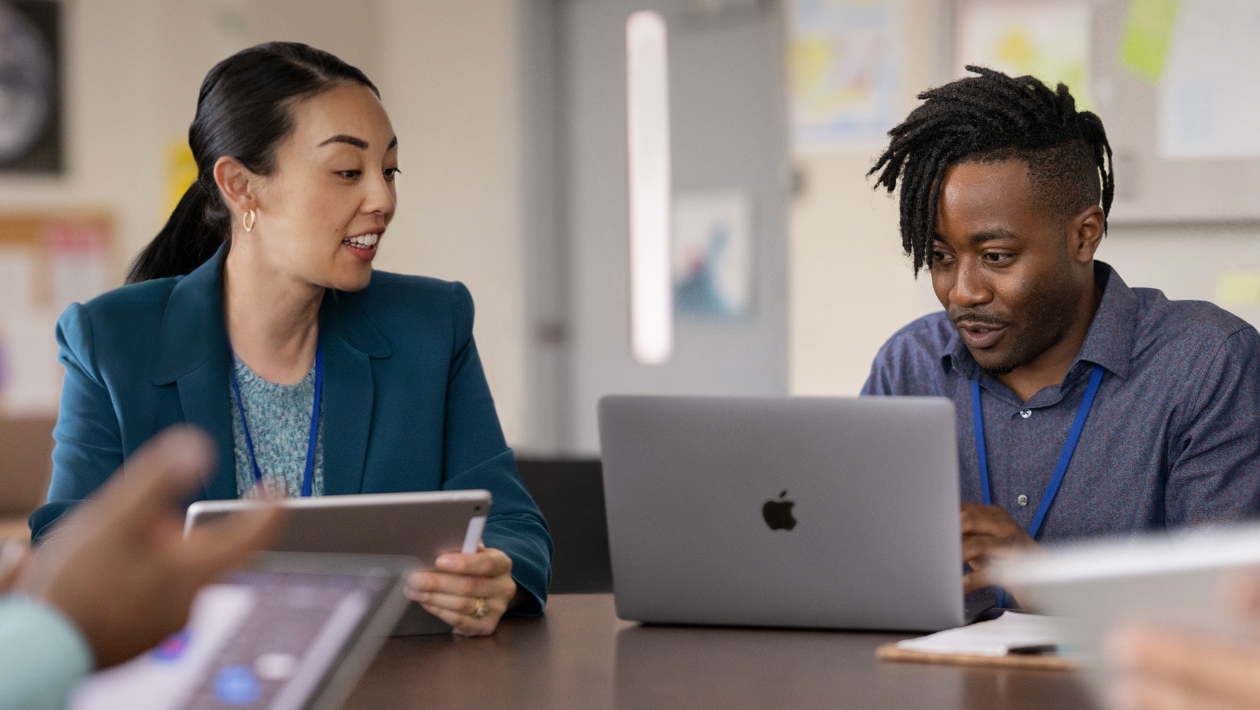As an education leader, how are you modeling continuous innovation to your staff and community?
Hello! My name is Jamie Haines and I am an educational leader at Gowan Science Academy in Yuma, Arizona. Gowan Science Academy is a kinder through 8th grade school with over 750 students. Creating models for continuous innovation is at the forefront of our work every single day. Innovation is easy to do one time, however, it takes commitment and perseverance to continue to model innovation day after day, week after week and year after year. To ensure we are doing this on our campus, we are lean on each other and learn from each other. Staff participate in school-wide learning walks every quarter to learn from one another. It also gives a time for teachers to observe technology skills students learn and master in each grade level.
Our district recently went through curriculum adoptions in both math and ELA. During the time teachers were learning new curriculum student creation and application utilizing technology were put on the back burner. Ensuring creation is modeled during professional development is essential to keeping the innovation flame lit. We also utilize our Apple Professional Development Specialist along with the Apple Learning Community to ensure teachers have the skills and knowledge to integrate innovative learning experiences within our district adopted curriculums. As an instructional leader, how are you modeling continuous innovation on your campus?
Other Posts in the Leadership Conversations Series — Continuous Innovation
- Sharing Your Innovation Story
- Maintaining innovation through Staff Turnover
- Continuous Innovation Best Practices and Resources









February 26, 2024 . English
English
Love this Jamie! Thanks for sharing.
I'm Susan Maynor, Learning Experience Designer at EPiC Elementary, an Apple Distinguished School. Continuous innovation is a topic of discussion we have almost daily, as the world post pandemic has evolved in such a way that we need to be even more intentional about continuous innovation. Since inception, we have built and fostered a culture of risk, revision, research, and refinement, creating a dynamic ecosystem of continuous innovation. The pandemic slowed our momentum. This year, as a staff, we took some time to revisit our vision as a learning environment. Our principal, Jamie Ackart, asked us "Let's dream big this year. Who are we now and where do we want to go?" Our biggest takeaway was the importance of being intentional with using our lens for modeling continuous innovation: Empowering Creativity, Engaging Communities, Equipping Students.
Empowering Creativity: We are currently working through a vertical alignment for our real world learning. This includes content, but also...what future-focused project skills are we teaching throughout learning experiences such as how to be an animator or practice the video production process.
Engaging Communities: We are deepening our understanding of service learning and redesigning some our project-based learning experiences to include more compassion for those in need or ways to use our creativity to improve communities.
Equipping Students: As we reflected what our students have navigated the last few years, we identified the importance of even more individualized learning for students. Studio K launched playlists for learning to build confidence and autonomy. Other studios are following suit. We are excited to see what is ahead.
With Artificial Intelligence here and now, we are exploring what that might look like in an elementary school AND how we can use it to elevate the learning experience for all.
This action is unavailable while under moderation.
This action is unavailable while under moderation.